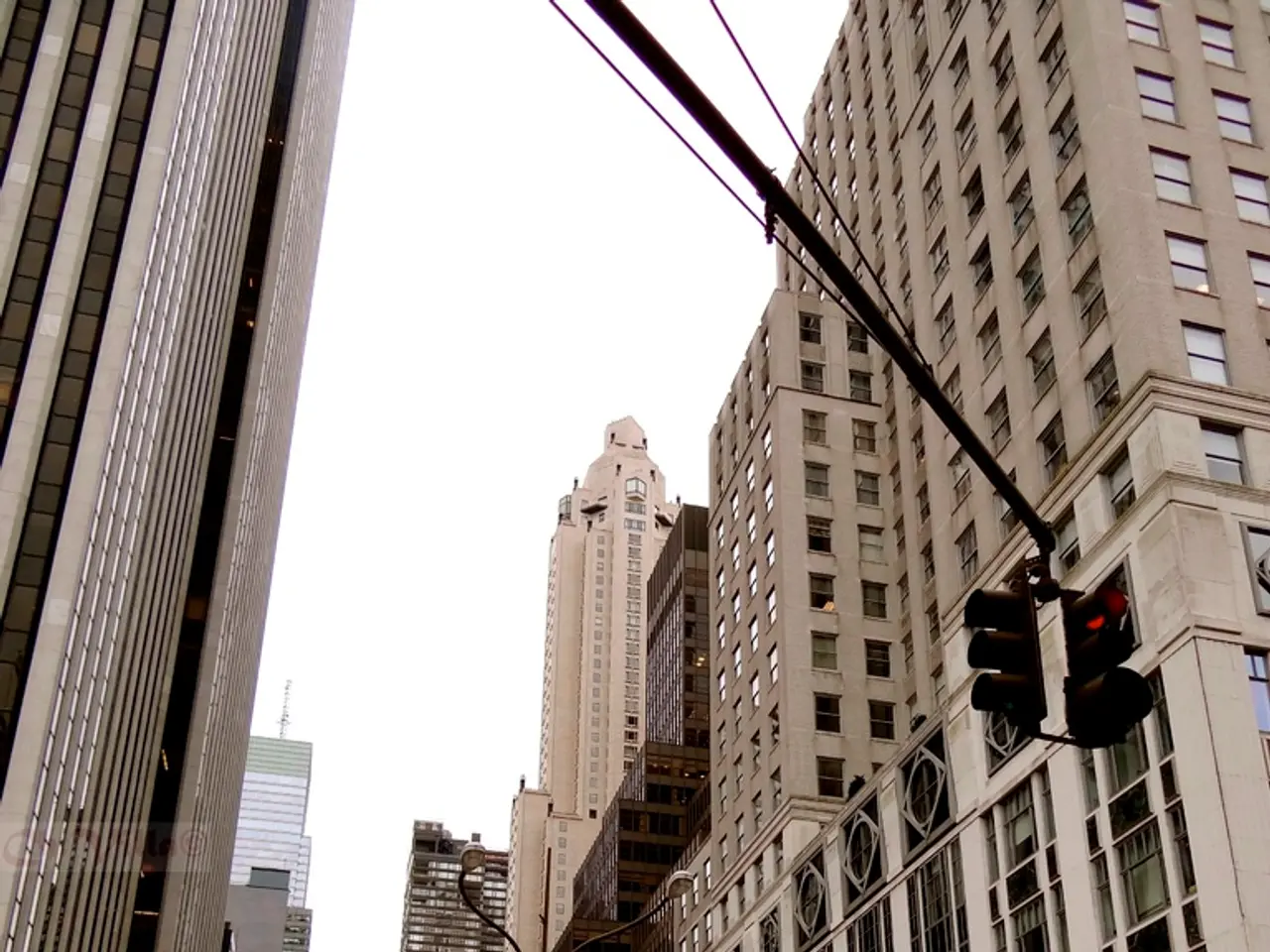India's urban air mobility infrastructure market is forecasted to reach $6.2 million by 2033, according to a report, with the market showing significant prospects for expansion as it's currently in its formative phase.
India's Urban Air Mobility (UAM) infrastructure is poised for significant growth in the coming years, with the market projected to reach $6.2 million by 2033. According to a report by BIS Research, a global B2B market intelligence and advisory firm focusing on deep technology and related emerging trends, this expansion will be driven by the government's plan to develop 1,000 helipads and drone zones every 50 km along national highways.
The report identifies key cities for UAM infrastructure development, including major aviation hubs like Delhi, Mumbai, Bengaluru, and Hyderabad. These cities, along with strategic highway routes connecting urban centers, are expected to be the focus of the government's helipad and drone zone rollout.
The growth of the UAM infrastructure market in India is not limited to the development of helipads and drone zones. The market for hybrid passenger and cargo gate-to-gate operations is projected to touch $0.6 million by 2033, growing at a CAGR of 29.81%. Similarly, the charging and refueling stations, docking stations and hub spots, and MRO facility segments of the UAM infrastructure market are expected to grow at a CAGR of around 9.37% from 2023 to 2033.
The broader eVTOL (electric vertical takeoff and landing aircraft) market, crucial for UAM, is projected to grow at a compound annual growth rate (CAGR) of approximately 32.7% from 2025 to 2033, indicating robust global and Indian market expansion potential for UAM-related aircraft and infrastructure.
While the BIS Research report does not provide specific details about the factors contributing to the growth of the Indian UAM infrastructure market, it highlights the significant potential for growth in this sector. However, the report does not mention any potential challenges or risks that may arise during this growth period.
The UAM market in India is currently in its nascent stage, but with coordinated development efforts with companies like Nalwa Aero and Urban-Air Port, India is strongly positioned for significant UAM infrastructure growth by 2033. The market for passenger gate-to-gate operations is projected to grow at a CAGR of 26.83% and reach $3.1 million by 2033, while the market for cargo gate-to-gate operations is expected to grow at a CAGR of 18.55% and reach $2.5 million by 2033.
In summary, the Indian UAM infrastructure market is projected to grow significantly by 2033, with key cities and regions being major aviation hubs and strategic highway routes. The market for hybrid passenger and cargo gate-to-gate operations is expected to lead the growth, followed by the charging and refueling stations, docking stations and hub spots, MRO facilities, and the vertistops and vertiports segments. However, the report does not mention any specific companies or players in the Indian UAM infrastructure market.
- The growth in India's Urban Air Mobility (UAM) market is rooted in the government's vision for the development of technology, with plans to establish 1,000 helipads and drone zones along national highways driving this growth.
- The development of UAM infrastructure in major cities like Delhi, Mumbai, Bengaluru, and Hyderabad, as well as strategic highway routes connecting urban centers, is a significant part of the Indian government's plan for UAM growth, with the market for hybrid passenger and cargo operations leading the sector.
- The growth potential in India's UAM infrastructure market extends beyond just helipads and drone zones, with segments such as charging and refueling stations, docking stations, MRO facilities, and vertiports also poised for significant technology-driven development, as evident in the projections for the broader eVTOL market.




